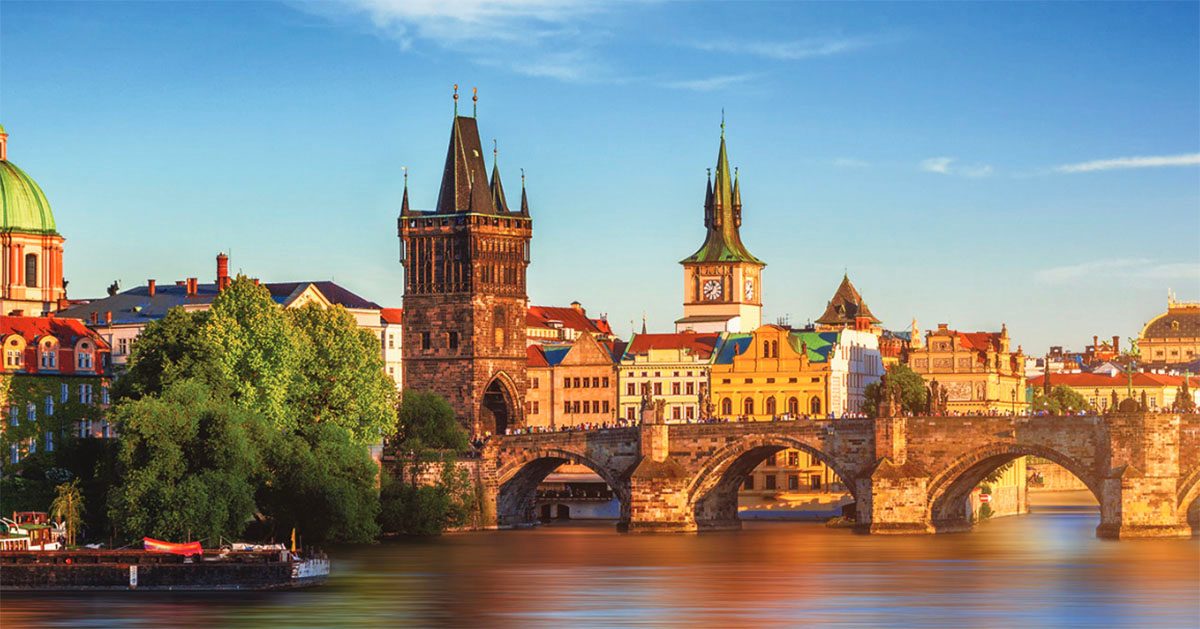Across Eastern Europe, residential real estate has seen a notable rebound after years of slow recovery from the global financial crisis and the continuing war in Ukraine. While much can be written on this alone, we’re going to check in on other Eastern European countries in the region.
Major cities like Prague, Warsaw, and Budapest in particular have seen significant property price growth recently, driven by economic expansion, rising wages, and a lift in consumer confidence.
At the same time, challenges persist in the region. Housing inventory remains limited, especially for affordable middle-income options, keeping prices relatively high. Mortgage growth is also stagnant in countries like Slovakia, Slovenia, and Croatia, hampering first-time home buyers. Overall, the rate of inflation has a big effect on the health of the real estate market across Eastern Europe.
Looking ahead, as long as fundamentals like GDP and income growth remain positive for key Eastern European economies, the property market forecast stays strong. Eastern (and Central) European countries maintained tight labor markets with low unemployment rates compared to the rest of the EU. Growing tech hubs with expanding job opportunities, reasonable prices compared to Western Europe, and the overall quality of life should keep real estate demand and investments robust. Reported as of early 2024, the private sector (as opposed to public, or government, firms) is quickly gaining traction.
Eastern European Country Snapshots
Czech Republic
Currency: Czech koruna
Capital: Prague
Cultural note: Tipping 10% is normal, 15% for an upmarket place. August is the most common month for taking vacations.
Bulgaria
Currency: Lev
Capital: Sofia
Cultural Note: Bulgarians nod their head up and down for “no” and shake their head side to side for “yes”—the opposite of a lot of cultures.
Romania
Currency: Romanian leu
Capital: Bucharest
Cultural note: Tourism is one of the fastest-growing industries in Eastern Europe, with spa holidays being at the top of the list.
Hungary
Currency: Hungarian forint
Capital: Budapest
Cultural note: Around 70% of the population are practicing Roman Catholics.
Poland
Currency: Złoty (zł/PLN)
Capital: Warsaw
Cultural note: Around 75% of the population are practicing Roman Catholics.
Region Spotlight Interview: Eastern Europe
Rosie Papagiannakis, NAR Global Ambassador to Albania, Bulgaria, Greece, and Serbia
Can you tell me a bit about your role and what areas you specialize in?
I’ve worked in real estate for over 23 years. I’m a director to my local association, my state, and one of the NAR Global Ambassadors to Albania, Bulgaria, Greece, and Serbia.
I work with residential and global investors.
Can you describe what a typical work day looks like for you? What’s your favorite piece of technology you use to do your job?
My typical working day is a very busy schedule. I don’t have a favorite piece of technology that I use, but to keep up with my overseas members, I use WhatsApp.
What are some important trends or issues most affecting your region at the moment?
At this time, it’s important for our global members try to have the international MLS.
The theme of this newsletter is cultural considerations. What are some cultural considerations to keep in mind that may be specific to Eastern Europe?
Each country has their own conditions. They need to know you and get to trust you before they are willing to talk business with you.
Can you tell us something about your regions that only an insider (aka: you!) would know?
If it is a religious holiday, they won’t do business at all.
What do you think the future holds for real estate in Eastern Europe?
In the countries I represent, many people buy vacation homes because of the nice weather.







